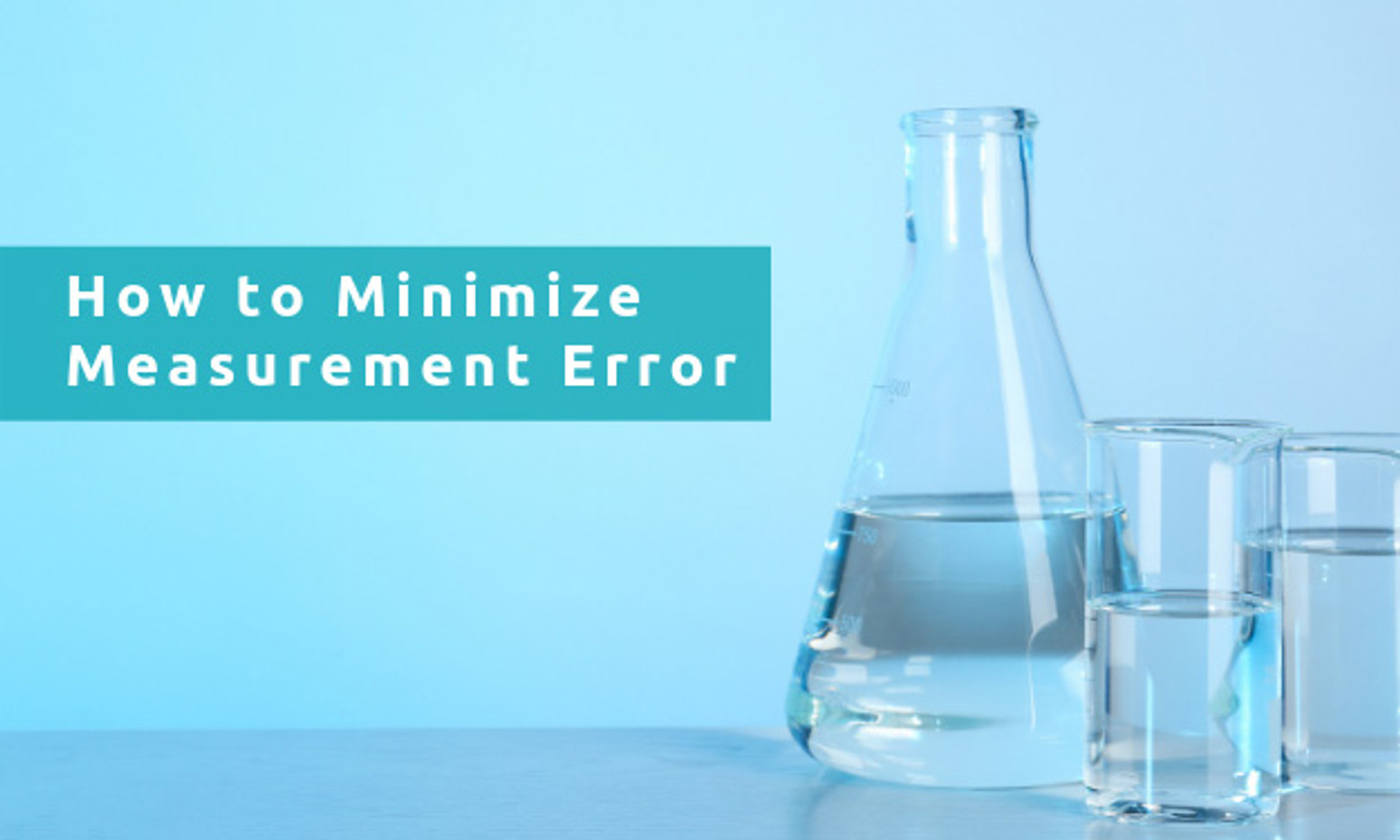How To Minimize Errors in Measurement
Also referred to as observational error, measurement error is a common form of inaccuracy that can take place when conducting an experiment. It refers to the difference between a measured value and its true value. If this oversight occurs, it can skew your data and lead to inaccurate and inconsistent findings. As such, personnel should try and avoid it as much as possible. To best understand how to minimize errors in measurement, it is important to first understand its main forms.
The main types of measurement error
- Systematic errors: Systematic error arises from a faulty measuring device, imperfect observation methods, or an uncontrolled environment. Such error is predictable and is usually constant or yields results proportional to the measurement’s true value.
- Random errors: Random errors occur as a result of sudden, random changes in an experiment’s conditions. Such errors are always present in an experiment and largely unavoidable.
How to minimize measurement error
Once you understand the main forms of experimental error, you can act on preventing them. The following precautions will help you reduce errors and yield the most accurate results.
Use quality equipment
Using quality equipment is paramount to reducing systematic observational error. Make sure you’re using an updated and precise measuring device that doesn’t have any defects while conducting your experiment.
Calibrate your equipment properly
Before conducting an experiment, make sure to properly calibrate your measurement instruments to avoid inaccurate results.
Properly train lab staff
The imperfect nature of humans means there will always be human error when they observe and measure results. Minimize this impact by taking the time to train all applicable lab staff on how to properly use all equipment and carry out procedures when conducting an experiment.
Controlled environment
All measurements in an experiment should occur under controlled conditions to prevent systematic error. Changes in external conditions such as humidity, pressure, and temperature can all skew data, and you should avoid them.
Double-check
To reduce the impact of human error, personnel need to double-check all observations, recordings, and measurements. You can easily complete this process by double-entering all findings on two separate worksheets or files and then comparing them.
As previously stated, one of the best ways to reduce measurement error is by using quality equipment. If your current lab equipment is old or worn, it might be time for an upgrade. At USA Lab Equipment, we stock over 1,000 quality lab equipment items—from ultra-low upright freezers to filtration devices—to give you the results you need. For more information regarding our products and services, contact us today.


